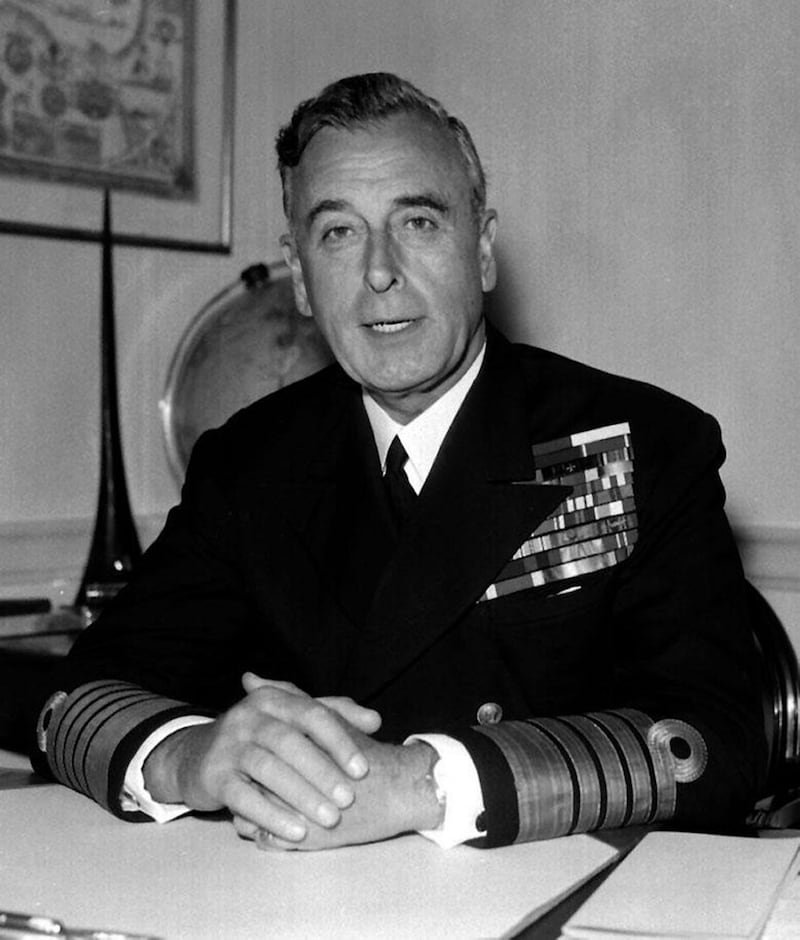John Desmond Bernal’s pioneering use of X-ray crystallography led to him becoming a founding father of molecular biology. He published widely on the history of science, including popular books on science and society, and was a committed communist for much of his life. He died 50 years ago on September 15th.
He was born on May 10th, 1901, in a house on Portumna Road, Nenagh, Co Tipperary, the eldest of five children of Samuel Bernal, a much-travelled dairy farmer of mixed Spanish, Portuguese and Italian Sephardic heritage, and Elizabeth Miller, the Stanford-educated daughter of a Californian Presbyterian minister, who converted to Catholicism. At the age of 10, he was sent to Hodder, the English preparatory school for the Jesuit Stonyhurst College, and after one term at Stonyhurst, he transferred to Bedford School because science was taught there.
At 18, he won a scholarship to Emmanuel College, Cambridge, where he studied mathematics before switching to natural sciences. His encyclopaedic knowledge and fondness for discussion earned him the nickname “Sage” at Cambridge. It was a time of political unrest, with many former army officers attending the college who had become disillusioned with society.
He was awarded the US Medal of Freedom in 1945
Bernal embraced Marxism, joined the Communist Party of Great Britain and was faithful to that political philosophy for the rest of his life.
As an undergraduate, he developed a particular interest in the theory of space groups, using Hamiltonian quaternions to trace the possible spatial arrangements of atoms in crystals. His lengthy paper on the subject led to William Bragg accepting him as a student at the Royal Institution in 1923. There, using X-rays to examine the atomic structure of crystals, he worked out the structure of graphite, solved much of the structure of bronze and designed an instrument to record X-ray diffraction.
In 1927, he became Cambridge University's first lecturer in structural crystallography, where he turned his attention to the study of organic molecules, especially sterols, which caused a major change of thinking among chemists. In particular, he analysed vitamins B and D and the protein pepsin and also studied the structure of liquid water. This groundbreaking work led to the foundation of molecular biology. In 1938, he was appointed professor of physics at Birbeck College, London, and was elected a Fellow of the Royal Society.
War effort
During the second World War, he joined the research department of the ministry of home security and worked on air-raid shelter design. For the Combined Operations Command (headed by Louis Mountbatten) he did research on building floating airfields made of ice, which came to nothing, and worked on artificial breakwaters and Mulberry harbours which were so important in the D-Day landings, his main contribution to which was his detailed mapping of the beaches. He was awarded the US Medal of Freedom in 1945.

There was a strong friendship between him and Mountbatten, who said of him: “Perhaps his most pleasant quality is his generosity. This may be why his great contribution to the war effort has not been properly appreciated.”
This generosity can also be seen in the way he allowed others to take full credit (including winning Nobel Prizes) for research he had either inspired or initiated and even done a substantial amount of.
Their marriage was an 'open' one, which they both lived up to 'with great gusto', according to his biographer
His communist views meant official circles could be suspicious of him. A founding vice-president of the Word Peace Council in 1949 (and its president 1959-1965), he frequently visited the USSR during the 1950s, became friendly with Khrushchev and was elected to the science academies of most of the Warsaw Pact countries. His defence of the discredited plant-genetics theories of the Soviet biologist Trofim Lysenko damaged his reputation. How a man with his mind retained a lifelong devotion to the theory of dialectical materialism is a mystery. One of his biographers, Andrew Brown, seems to suggest it was an act of faith, a substitute for the Catholicism he grew up with but abandoned.
In 1922, he married Agnes Eileen Sprague and they had two sons, Michael and Egan. She shared his socialist views and their marriage was an "open" one, which they both lived up to "with great gusto", according to his biographer. He had a relationship with the artist Margaret Gardiner, with whom he had a son, Martin, and he also had a daughter, Jane, with British Marxist writer and dramatist Margot Heinemann. Following a stroke in 1963, he was increasingly incapacitated in his final years.
Among his many published works are The World, the Flesh and the Devil (1929), The Social Function of Science (1939), Science in History (1954), World without War (1958) and The Origin of Life (1967).
On its website, the Bernal Institute at the University of Limerick, says: "Bernal specialised in the identification of new fields to explore but rarely stayed long enough to fully civilise the area, which he left to trusted colleagues."
Two of his former students, Dorothy Hodgkin and Max Perutz, won Nobel Prizes for the first structural determination of vitamin B12 and haemoglobin, respectively. Crick and Watson, winners of a Nobel Prize for working out the structure of DNA, were Max Perutz's students.










